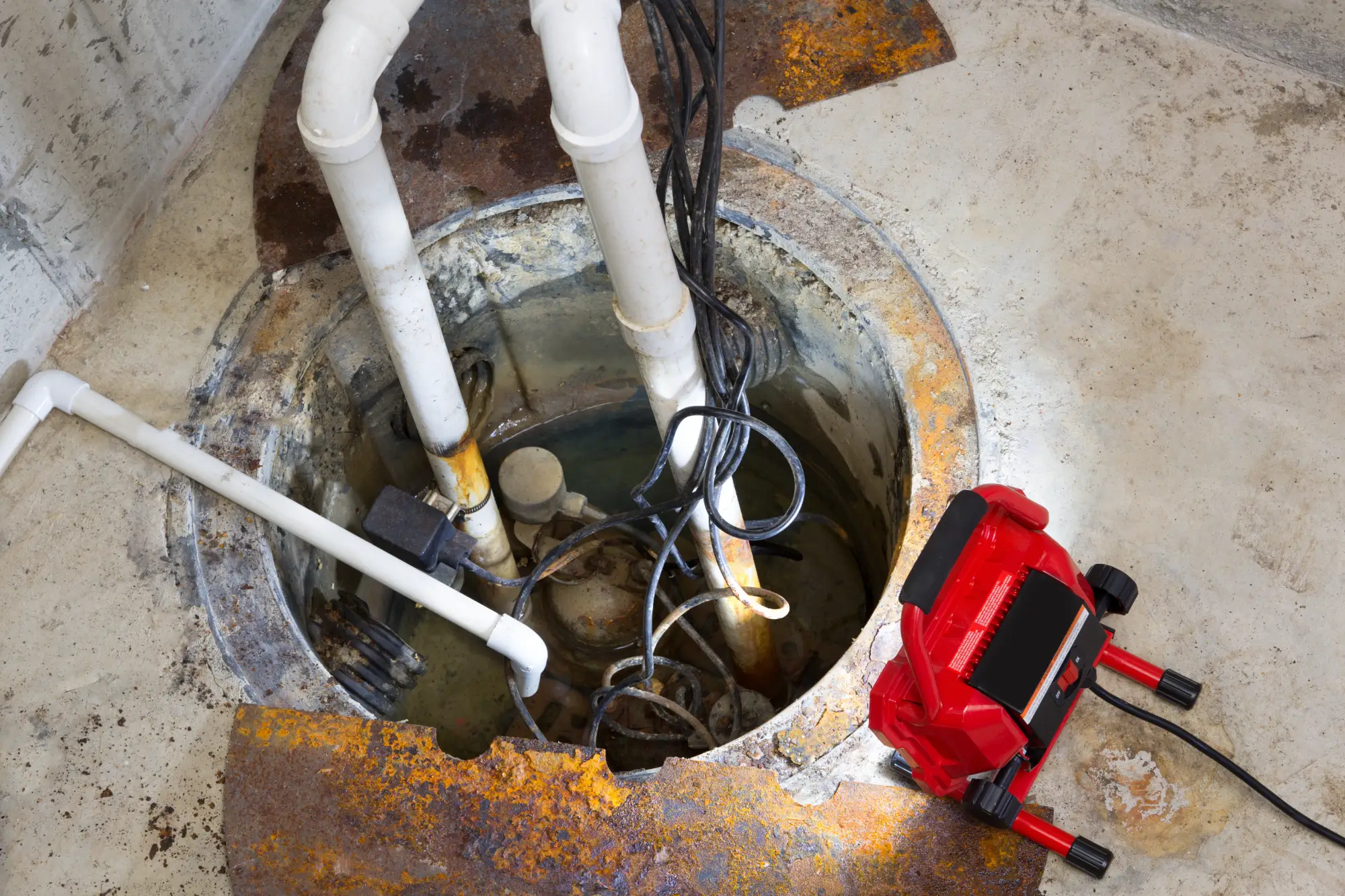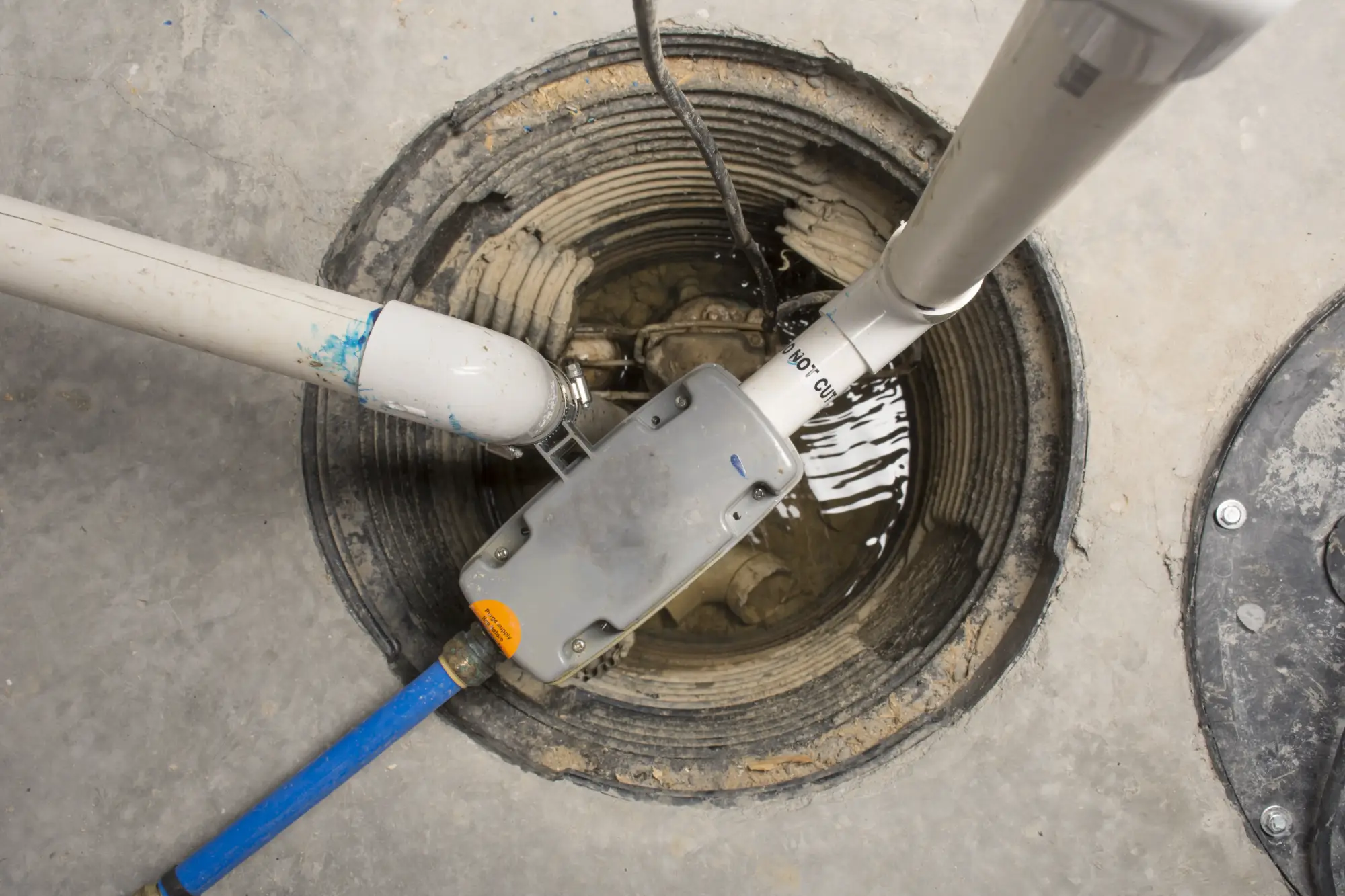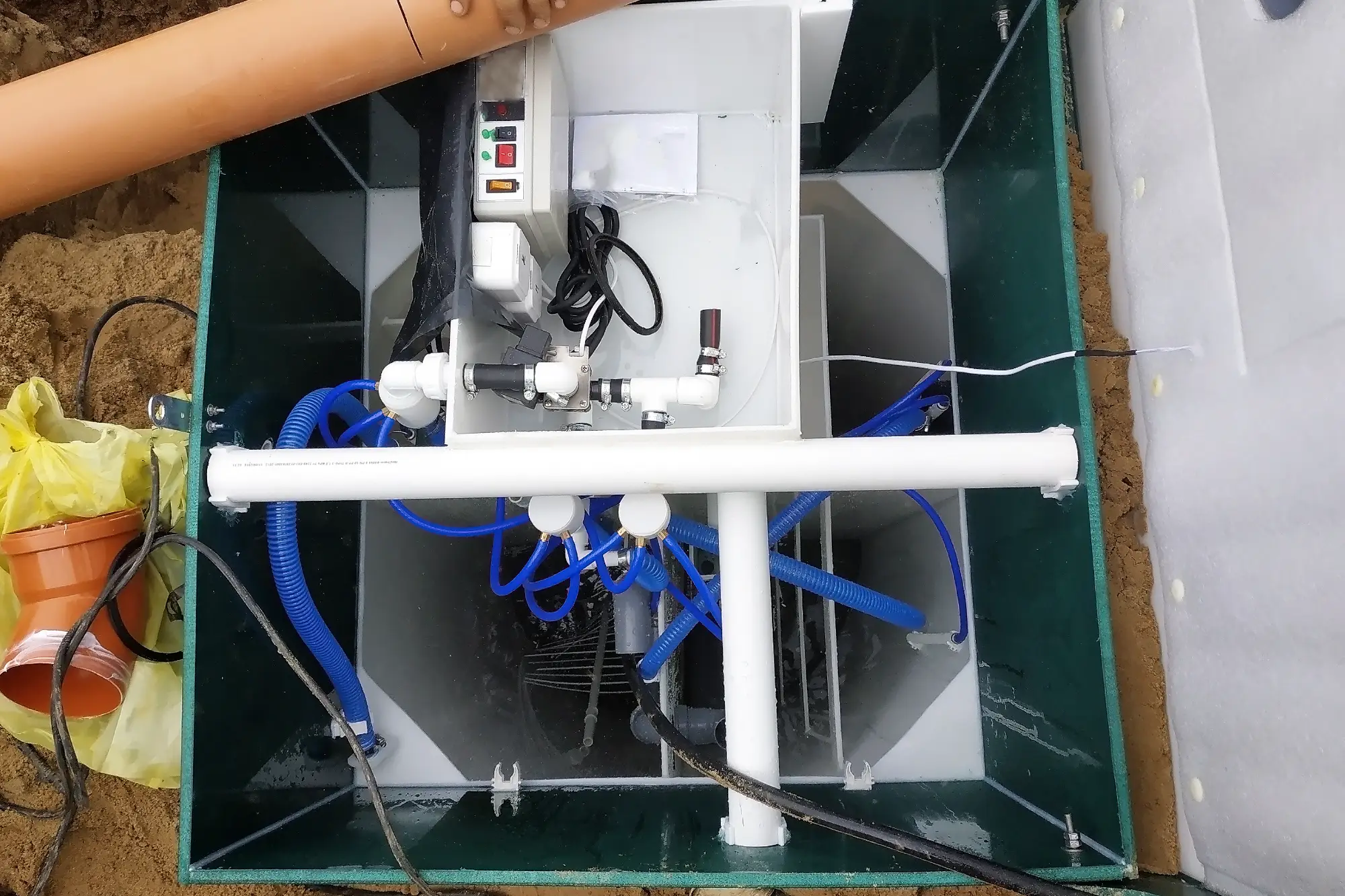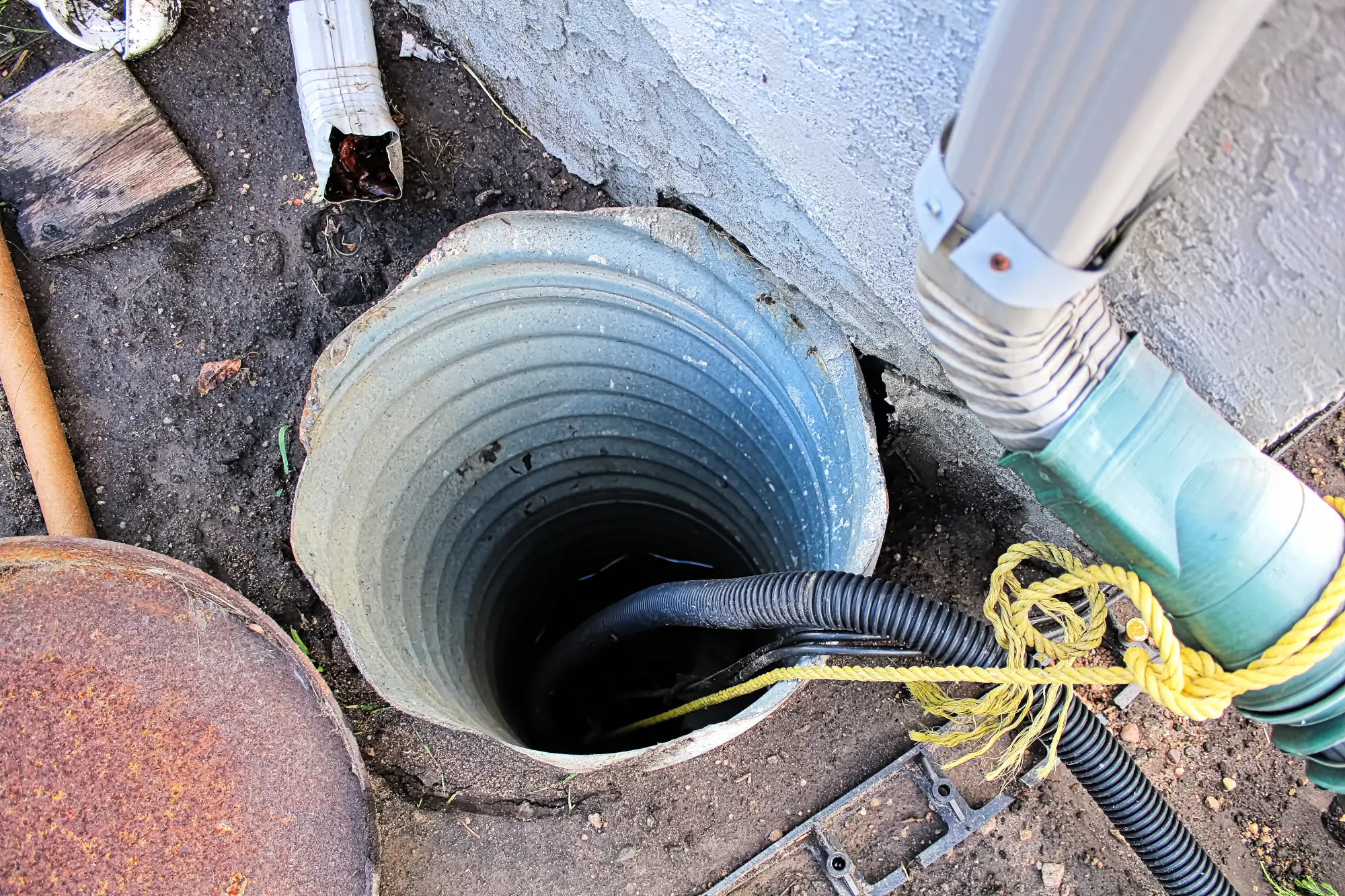Sump Pump Installation in Mount Sinai, NY
Stop Basement Flooding Before It Starts
Professional sump pump installation that actually works when Long Island storms hit hardest.

Hear About Us

Basement Protection Mount Sinai
You’ll sleep through storms instead of checking your basement every hour. No more racing downstairs during heavy rain, wondering if your belongings are floating. No more that sinking feeling when you smell musty air coming from below.
A properly installed basement sump pump system handles Long Island’s unpredictable weather and high water table. Your finished basement stays usable. Your stored items stay safe. Your property value stays protected.
The right sump pump installation means you can actually use your basement space without constantly worrying about the next big rain. You get reliable protection that works automatically, even when you’re not home.
Mount Sinai Sump Pump Installers
Diamond Masonry & Waterproofing LLC has been solving basement water problems across Suffolk County for years. We understand how Long Island’s clay soil and high water table create unique drainage challenges that generic solutions can’t handle.
We’re not the guys who show up, drop in a pump, and disappear. We assess your specific situation, account for your property’s drainage patterns, and install systems that actually work when you need them most.
You’re dealing with local contractors who live here, work here, and have seen every type of basement water problem Mount Sinai properties face.

Sump Pump Installation Process
First, we assess your basement’s current drainage and identify the best location for your sump pump system. We’re looking at water flow patterns, existing plumbing, and how water moves around your foundation during heavy rain.
Next, we excavate the sump pit to proper depth and specifications. This isn’t just digging a hole – we’re creating a collection point that channels water effectively and accommodates the pump system long-term.
Then we install your sump pump, connect the discharge line, and test the entire system under actual water conditions. We make sure the pump activates at the right water level and that discharge water flows away from your foundation properly.
You get a complete walkthrough of how everything works, including what to watch for and basic maintenance that keeps your system running reliably.

Ready to get started?
Explore More Services
About Diamond Masonry & Waterproofing
Get a Free Consultation
Custom Sump Pump Solutions
Your sump pump installation includes proper pit excavation, high-quality pump selection based on your basement’s specific needs, and professional discharge line routing that prevents water from returning to your foundation.
We handle the electrical connections safely and up to code. You get battery backup options for power outages – because storms that cause flooding often knock out electricity too. We also integrate your new system with existing basement waterproofing if needed.
Every installation includes system testing, debris cleanup, and a clear explanation of how your new sump pump system works. You’ll know exactly what to expect during operation and what basic maintenance keeps everything running smoothly.
Mount Sinai properties often need customized approaches because of varying soil conditions and water table levels throughout the area. We size and position everything specifically for your situation.

How long does sump pump installation take in Mount Sinai?
What size sump pump do I need for my basement?
Do I need a battery backup for my sump pump?
Where does the water go when my sump pump runs?
How often do sump pumps need maintenance or replacement?
Can you install a sump pump in a finished basement?
Local Resources
- Google Map Link
- Find the Mount Sinai, NY USPS
- Locate Nearby Mount Sinai, NY Pharmacies
- View the Current Weather in Mount Sinai, NY
- Mount Sinai, NY is located in Suffolk county in New York State